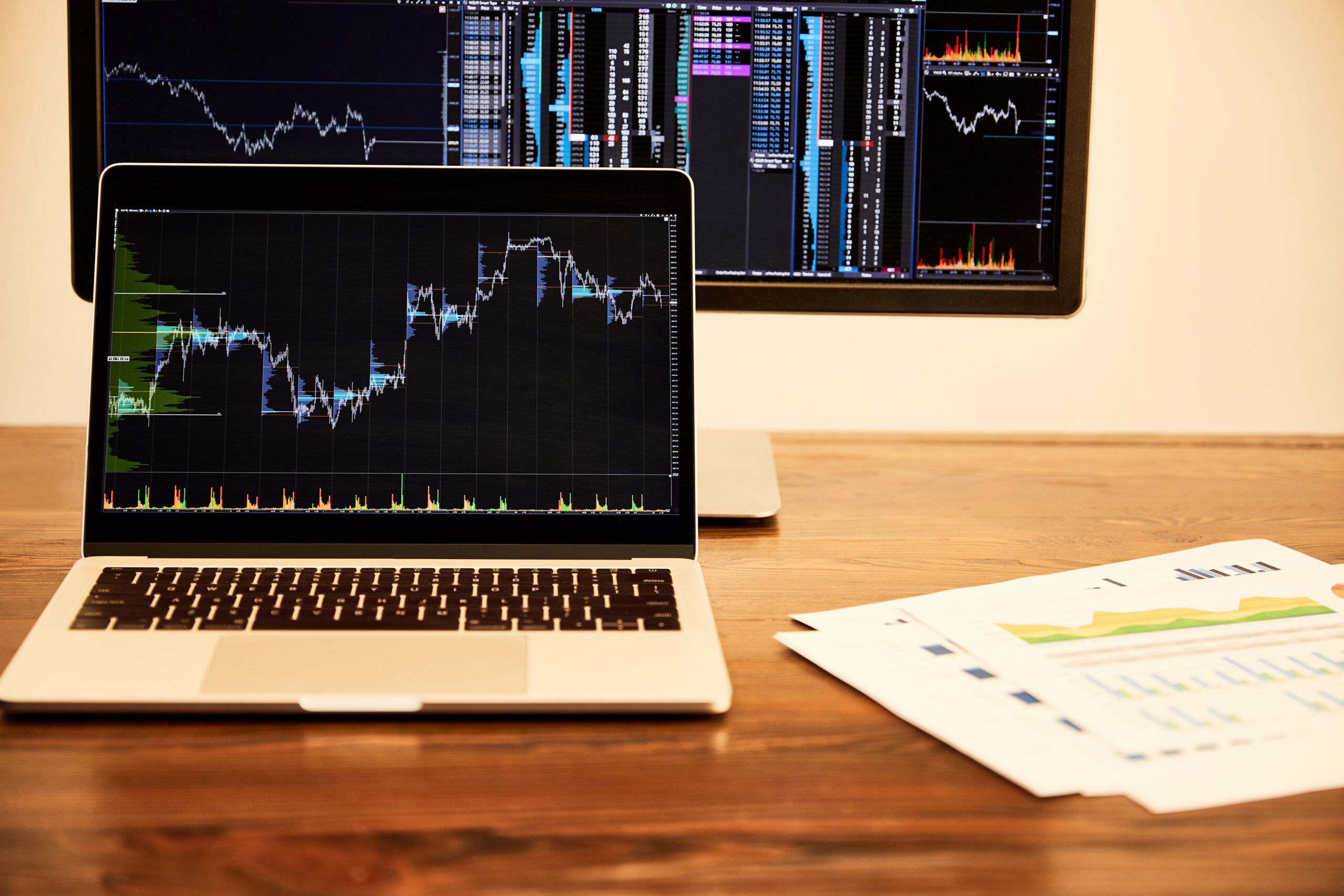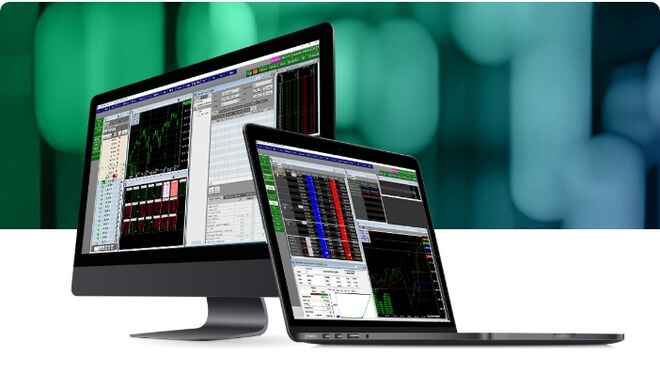Feeder Cattle Markets
Feeder cattle are a popularly traded futures commodity which refers to cattle that have been raised to 600-800 pounds and are sent to feedlots in order to gain enough weight to be ready for slaughter (1000-1300 pounds) at which point they become live cattle. This process takes roughly 3-4 months.
Feeder Cattle Futures – Contract Specs
| Contract Symbol | Contract Units | Price Quotation | Trading Exchange | Trading Hours | Tick Value |
| GF | 50,000 lbs | cents per pound | CME GLOBEX | 8:30 – 13:05 | $.00025 = $12.50 |
Feeder Cattle Futures History
Cattle have been domesticated for the last 10,000 years, however, it wasn’t until the 1800’s that beef started to take off in northern markets. The introduction of the refrigerated rail car in the 1860’s opened up the beef industry by allowing farmers to transport beef across the country. Beef saw another spike in the 1950’s with the introduction of the federal highway system. Feeder cattle were first added to the CME as a livestock product in 1971.
Feeder Cattle Futures Facts
The U.S. accounts for 47% of worldwide beef production, making it the largest producer of beef in the world. However, the U.S. is also one of the largest importers of beef. As of August 23rd, 2018 the U.S. has imported 1.53 billion pounds of beef in 2018, up 1% from 2017. The amount of beef imported by the US can affect the price and quantities of domestic cattle purchased.
Trading Feeder Cattle Futures
- Feeder Cattle Futures are traded on the CME and through the CME’s Globex electronic platform
- Feeder Cattle futures are traded every year in Jan, Mar, May, Apr, Sep, Nov. Which are all months in which live cattle is not traded.
- In feeder trading, a 1 cent move is equal to $500.
- Similar to live cattle, bovine spongiform encephalopathy (mad cow disease) can impact feeder cattle prices. Outbreaks have led to bans in some countries which has resulted in the destruction of livestock in order to reduce the risk of the disease spreading.
- Feed prices such as hay and corn can directly affect the feeder cattle market. When feed prices rise, cattle are often sold at lower weights which results in a drop in price.
- Weather can also affect the market. For example, high temperatures decrease a cattle’s appetite which reduces the amount of weight they gain.
RJO University
Gain the knowledge and skills to trade futures with confidence. Access in-depth guides, market analysis, and actionable insights. Whether you’re a novice or seasoned trader, our century of industry experience empowers you to navigate complex markets and make informed decisions. Start your journey with RJO’s trusted expertise.
 Agriculture Futures
Agriculture Futures
Mastering Agricultural Futures: A Comprehensive Guide to Trading Success
 Agriculture Futures
Agriculture Futures
Soybean Futures: What Are They and How Are They Traded?
 Agriculture Futures
Agriculture Futures
Grain Futures: What Are They – and How Are They Traded?
 Agriculture Futures
Agriculture Futures



